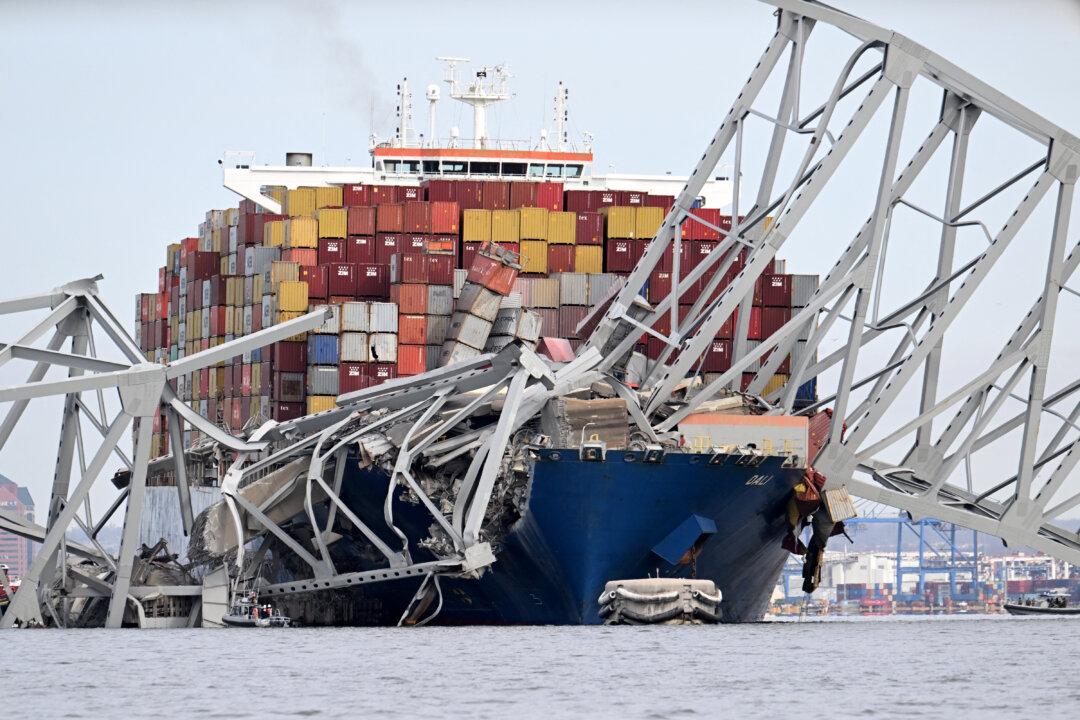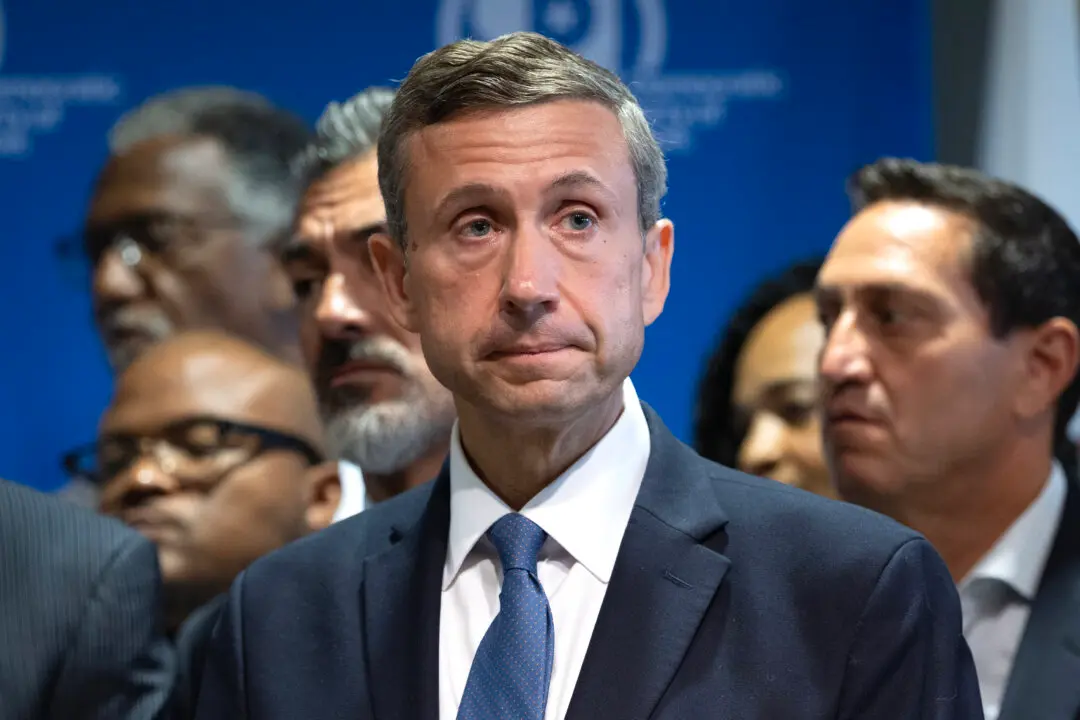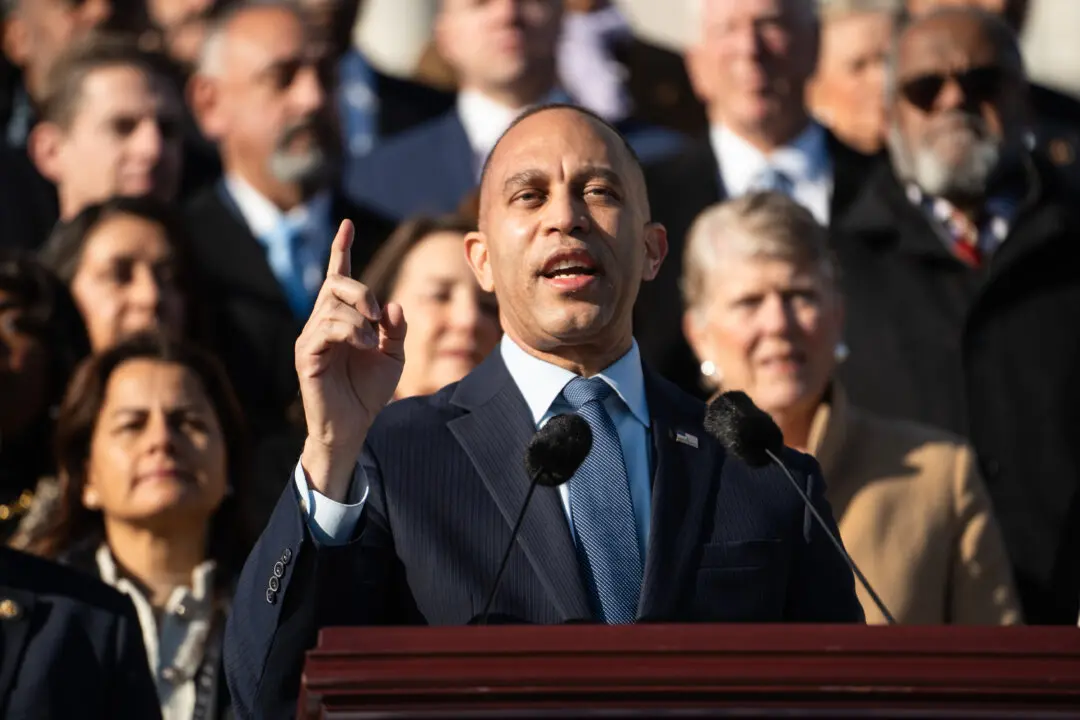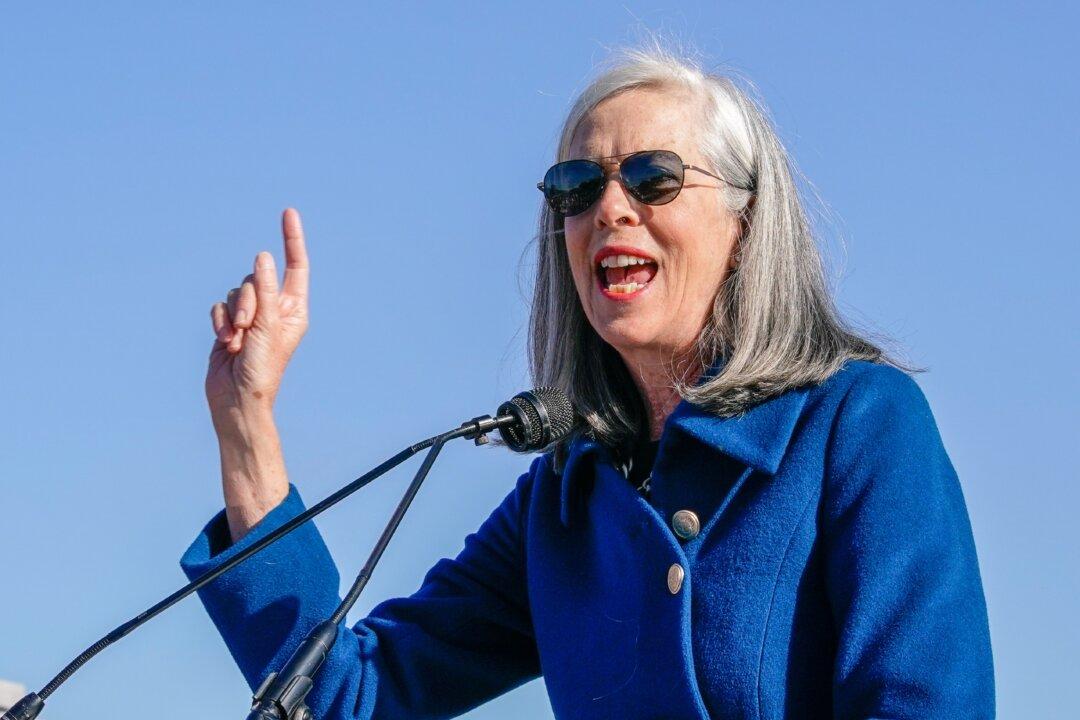As the Francis Scott Key Bridge in Baltimore still rests in the Patapsco River after being struck by a container ship on the morning of March 26 and suffering a catastrophic collapse, curiosity continues to build as to what caused the incident.
Experts tell The Epoch Times that although the steel-arched bridge was nearly 50 years old, it would have likely collapsed whether it was new or old because the ship took out the main support columns.





